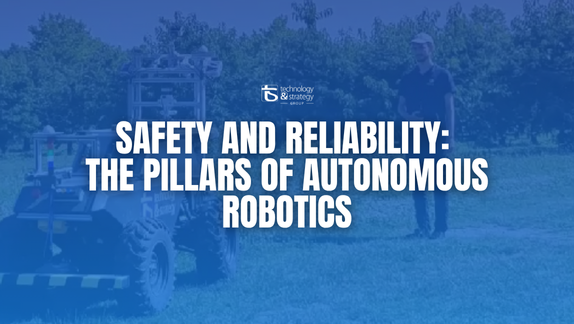In a world where agility, modularity, and speed of execution have become imperatives, the concept of tailoring has emerged as a strategic response to the contemporary challenges of project development. During a web conference organized by T&S, Matthieu Sauvage shared his vision of tailoring as a synergy market, an approach that transforms customization into a lever for collective performance.
Often confused with Taylorism, tailoring is fundamentally different. Whereas Taylorism aims to optimize industry through standardization, tailoring is based on the fine-tuning of processes, products, and resources to the specific needs of the project. It is not about eliminating but optimizing to better respond to market challenges.
Tailoring is based on several pillars:
• Modularity: thinking about products and processes in terms of reusable modules.
• Parameterization: defining clear and measurable objectives for each stage.
• Flexible design: integrating options and variants from the design stage onwards.
• Iterative development: moving forward in phases, measuring maturity and feedback.
This approach reduces development cycles, accelerates time-to-market, and strengthens competitiveness.
Tailoring is not limited to product logic. It involves cross-functional collaboration between teams, based on decision matrices, impact analyses, and rigorous documentation. Each project stakeholder becomes a decision-maker, capable of contributing to a common, agile, and scalable strategy.
• By integrating tailoring from the earliest stages of the project, companies can:
• Respond more precisely to customer needs.
• Create differentiated products.
• Leverage internal expertise.
• Identify priority areas for effort.
Tailoring is much more than a method: it is a project philosophy. It encourages thinking in terms of intelligent reuse, progressive maturity, and collective decision-making. As Matthieu Sauvage points out, this approach allows projects to be structured flexibly, while staying focused on performance.
Watch the entire conference on YouTube:



Discover how Englab's R&D Center ensures the safety and reliability of autonomous robots through advanced technologies and strict protocols.
READ MORE
Discover how Englab develops a Model Predictive Controller (MPC) enabling autonomous off-road vehicles to navigate safely in complex, unstructured terrains.
READ MORE
Discover how engineering-driven strategies capture 70% more market value by 2025. Master technical excellence, systems integration & competitive moats that last.
READ MORE